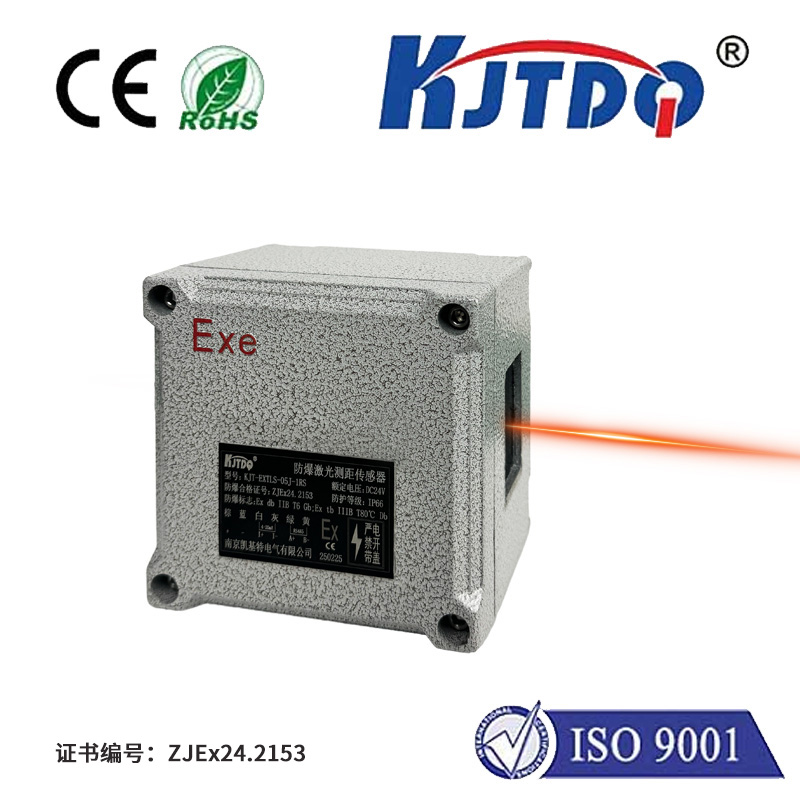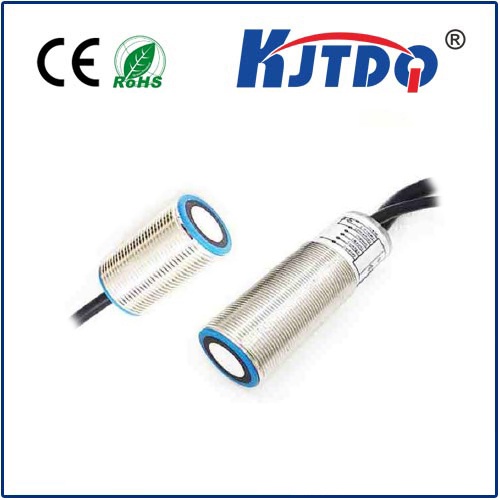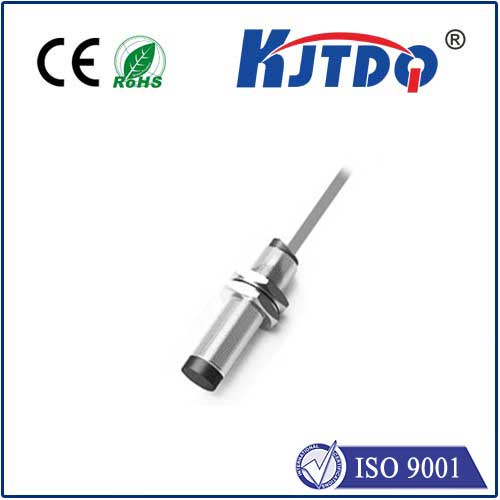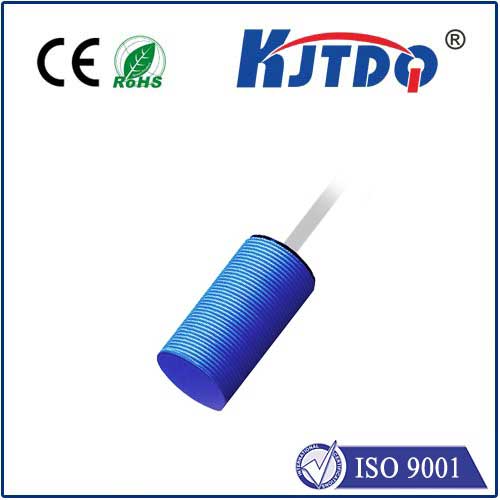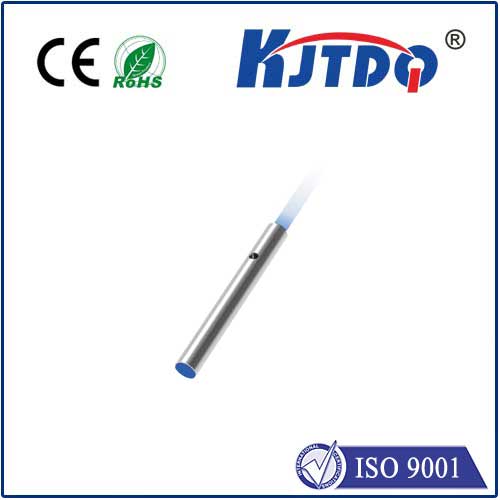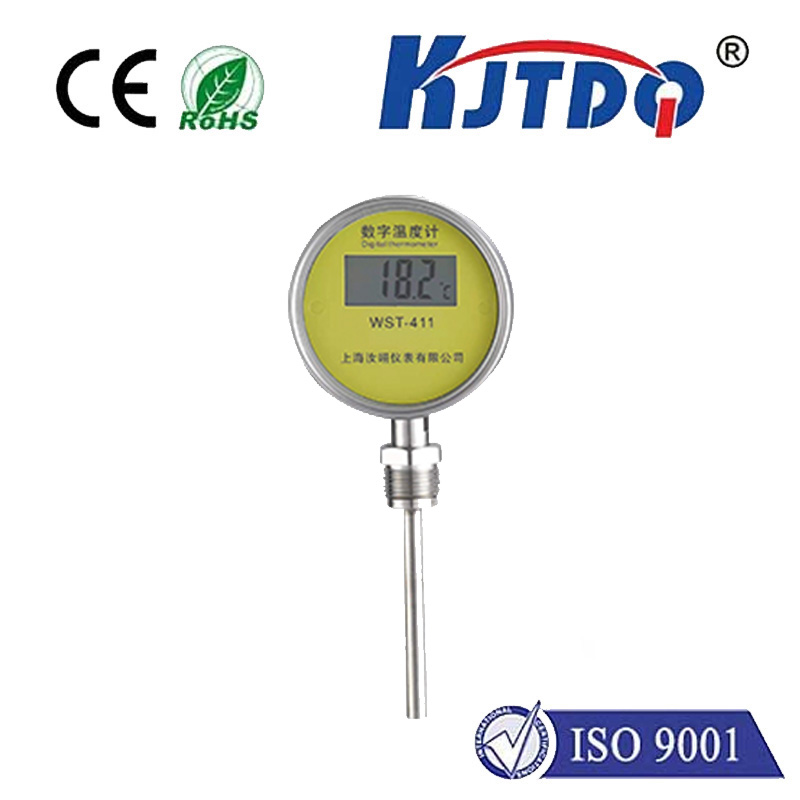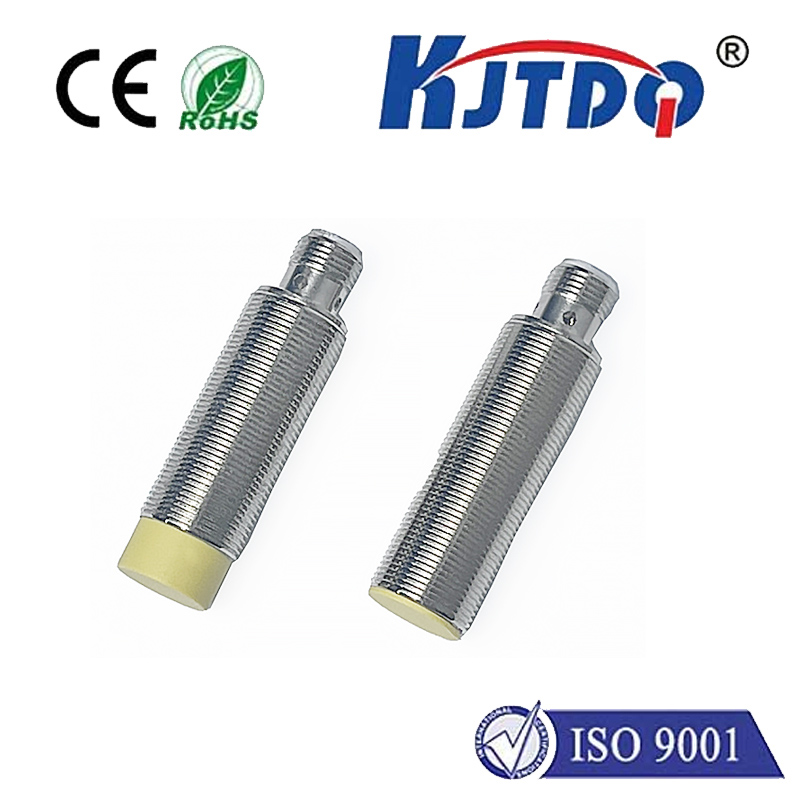m12 pnp proximity switch
- time:2025-06-13 02:12:35
- Click:0
The M12 PNP Proximity Switch: Reliable Detection for Demanding Automation
Imagine a critical production line unexpectedly halting. Trace the fault, and you might just find a failed sensor unable to reliably detect a passing component, costing precious time and money. In the relentless world of industrial automation, sensor reliability isn’t a luxury; it’s the bedrock of efficiency. Enter the M12 PNP proximity switch – a fundamental yet crucial component designed to deliver consistent, non-contact detection of metallic objects, ensuring your machines operate smoothly and predictably.
Demystifying the M12 PNP Proximity Switch
At its core, a proximity switch detects the presence (or absence) of an object without physical contact. The M12 PNP proximity sensor achieves this typically using an inductive sensing principle. Here’s how it works:
- Internal Oscillator: A coil within the sensor generates a high-frequency electromagnetic field.
- Eddy Current Interaction: When a metallic target enters this field, it induces tiny electrical currents (eddy currents) within the metal.
- Field Damping & Detection: These eddy currents absorb energy from the sensor’s field, causing the oscillation amplitude to decrease.
- Signal Processing & Output: The sensor’s internal circuitry detects this amplitude change and triggers its solid-state electronic switch – its output signal.
This is where “PNP” comes in. PNP (Positive-Negative-Positive) describes the specific type of transistor switching output used:
- PNP Output (Sourcing): In the active state (target detected), the PNP transistor switches on, connecting the output signal wire to the positive supply voltage (V+). Essentially, it sources current out of the sensor to the connected load (like a PLC input).
- NPN Alternative: For contrast, an NPN sensor would switch the output to ground (0V) when active, sinking current.
Therefore, the key takeaway is: A PNP output proximity switch provides a positive voltage signal when it detects a target. This output configuration makes PNP sensors the de facto standard in much of Europe and Asia, and widely used globally due to their compatibility with many PLC input modules designed to accept a sourcing signal.

Why “M12” Matters: The Connector Advantage
The designation “M12” refers to the standardized threaded circular connector used by the sensor. This globally recognized standard offers significant advantages:
- Robustness & Protection: The M12 connector provides a secure, vibration-resistant connection. Paired with the sensor’s typically high IP67, IP68, or IP69K ratings, the entire assembly offers exceptional resistance to dust, water, oils, and coolants – essential for harsh factory floors, washdown areas, or outdoor applications.
- Ease of Installation & Maintenance: The bayonet-locking or screw-threaded M12 connector allows for quick sensor replacement or wiring changes. No fiddling with individual wires minimizes installation time and reduces the risk of connection errors.
- Cable Management & Versatility: A vast ecosystem of M12 cables – straight, angled, varying lengths, and shielded/unshielded variations – exists. This simplifies routing and strain relief, improving overall system tidiness and reliability. M12 connectors come in different coding variants (A, B, C, D, etc.) to prevent mismating different signal types.
The Combined Power: Why Choose an M12 PNP Proximity Sensor?
Combining the sensing technology and the connector standard creates a component highly prized in automation:
- Flawless Integration: The PNP sourcing output integrates directly with the vast majority of PLCs and controllers, requiring minimal signal conditioning. This plug-and-play compatibility significantly speeds up system commissioning and troubleshooting. Simply connect power, ground, and the signal wire to the PLC input.
- Rugged Reliability: Built to withstand industrial punishment, the combination of the sensor’s robust housing and sealed M12 connection ensures long-term operation in demanding environments involving shock, vibration, moisture, and contaminants. This directly translates to reduced unscheduled downtime.
- Consistent Performance: Designed for millions of switching cycles, these sensors offer high repeat accuracy and stable detection ranges, providing dependable feedback essential for precise machine control and position verification.
- Simplified Inventory & Procurement: Standardization on the M12 format means engineers and maintenance teams can stock fewer cable and connector types. This logistical advantage reduces costs and simplifies BOM management.
Key Applications Where M12 PNP Proximits Shine
The robustness, simplicity, and reliability of M12 PNP proximity switches make them indispensable across numerous industries:
- Factory Automation: Detecting pallet presence, workpiece position on conveyors, end-of-travel limits on cylinders, spindle tool positioning, and robot end-effector status.
- Packaging Machinery: Verifying bottle/cap presence, case filling levels, film registration marks (using specialized models), and carton flap detection.
- Material Handling: Monitoring conveyor belt jams, tracking object movement on sorting lines, confirming bin levels, and detecting vehicle position in AGV systems.
- Automotive Manufacturing: Part presence checks in assembly stations, weld gun positioning, fluid level sensing, and robotic arm coordination.
- Food & Beverage Processing: Position sensing on processing lines (requiring high IP69K washdown ratings), detecting metal cans or foil lids.
Selecting the Right Sensor: Key Considerations
While M12 PNP offers a standard baseline, selecting the perfect sensor requires attention to detail:
- Sensing Range: Choose a range slightly larger than the actual required detection distance. Remember, the specified range is for a standard target (usually mild steel).
- Target Material: Inductive sensors primarily detect ferrous metals (like steel/iron). Detection range decreases significantly for non-ferrous metals (aluminum, brass, copper). Special “non-ferrous” models are available.
- Operating Voltage: Common voltages include 10-30V DC. Ensure compatibility with the power supply used.
- Output Configuration: Confirm PNP, normally open (NO) or normally closed (NC). NO is most common (output active when target detected). NC provides the opposite signal.
- Housing Material: Nickel-plated brass, stainless steel, or specialized plastics (PBT, PPS) are common. Choose based on chemical exposure and required strength.
- Environmental Ratings: Ensure the IP rating (Ingress Protection) – such as IP67 or IP69K – matches the application environment (dust, water jets, high-pressure washdown).
- Special Features: Options include shielded vs. unshielded (shielding provides flush-mounting capability but slightly shorter range), temperature resistance, high-speed switching variants, or analog output models.
The Unsung Workhorse of Industrial Sensing
From monitoring high-speed bottling lines to ensuring robotic arms position accurately, the M12 PNP proximity switch operates tirelessly. Its rugged design, sealed M12 connection, and intuitive PNP sourcing output combine to offer exceptional reliability and ease of use. For engineers seeking robust object detection that minimizes downtime and simplifies integration into PLC-controlled systems, the M12 PNP proximity sensor remains a ubiquitous and indispensable solution. As automation demands grow even more complex, the fundamental reliability provided by this essential sensing technology continues to be a critical factor in industrial success. *







